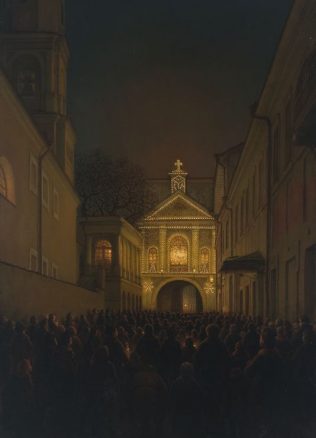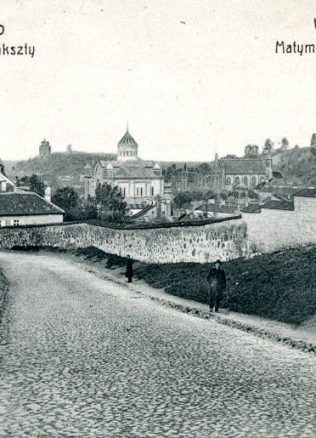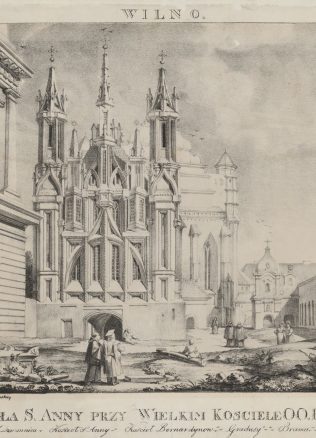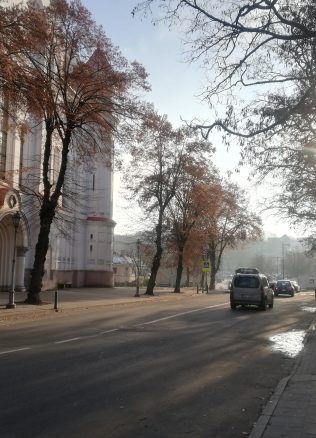Vilija Gate
In 1503 King Alexander Jagiellon granted a privilege to the residents of Vilnius to fortify the city with a defensive wall to repel the potential attackers, as at the beginning of the 16th century, the Grand Duchy of Lithuania was facing a growing military threat from Muscovites and Crimean Tatars. According to the privilege, the wall should feature five gates – all leading to the most important cities. However, in the middle of the 17th century, the city of Vilnius had 10 gates.
In 1503 King Alexander Jagiellon granted a privilege to the residents of Vilnius to fortify the city with a defensive wall to repel the potential attackers, as at the beginning of the 16th century, the Grand Duchy of Lithuania was facing a growing military threat from Muscovites and Crimean Tatars. According to the privilege, the wall should feature five gates – all leading to the most important cities. However, in the middle of the 17th century, the city of Vilnius had – 10 gates.
Vilija (also called Vilnius) gate was mentioned in 1503 privilege. Yet, we do not know whether the Vilija gate was initially built as historical sources mention them only from the middle of the 16th century. The gates stood where now Benediktinų St. meets Vilniaus St.
The gate was well designed defensively, had sliding gates and shooting holes. The painting of the Virgin Mary met the travelers who entered the city through this gate. In 1802, after the destruction of the gate, the painting was moved to the Chapel of children orphanage in Subačiaus St.
Address: Vilniaus St. 37



